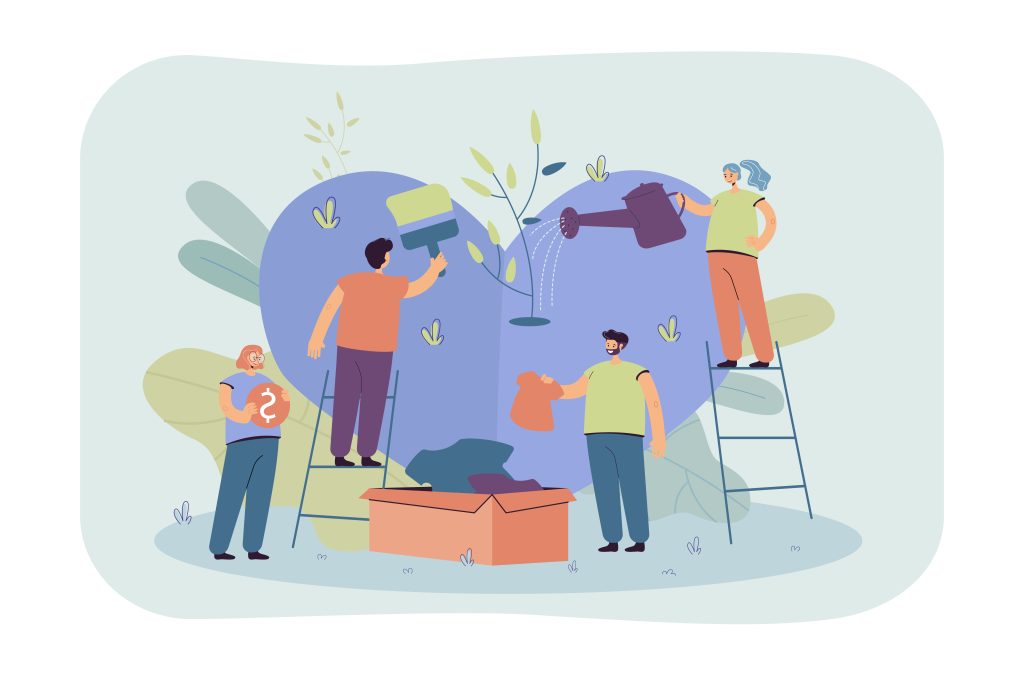How to Build Emotional Resilience Through Simple Practices
Emma Brooks July 4, 2025
Today’s world—filled with rapid changes, uncertainty, and social pressures—makes emotional resilience more crucial than ever. However, rather than relying on complicated strategies or long retreats, the latest wellness trend shows that you can build emotional resilience through small, accessible daily habits. From mindfulness to social support, these practices not only offer immediate relief but also strengthen your ability to bounce back stronger.
In this guide, we’ll explore current research-backed strategies to help you build emotional resilience, improve mental well-being, and thrive even during challenging times.

What Is Emotional Resilience?
Emotional resilience is the capacity to bounce back from adversity, adapt to stress, and maintain healthy functioning amidst life’s challenges. It’s not about avoiding stress—it’s developing the skills to handle it effectively. According to PositivePsychology.com, resilience involves self-compassion, adaptability, and cognitive flexibility.
Neuroscience shows that resilient individuals exhibit stronger connectivity between the prefrontal cortex and emotional centers (amygdala, hippocampus), enabling better emotional control.
Why Simple Practices Work
Modern interventions emphasize that:
- Mindfulness-based Stress Reduction (MBSR) reliably helps reduce anxiety and improve emotional regulation .
- Physical activity—even brief moments like a 5-minute walk—acts as a powerful stress reducer and regulates emotions.
- Social support and gratitude foster the positive emotions foundational to resilience, per Barbara Fredrickson’s “broaden-and-build” theory.
These accessible methods collectively strengthen emotional resilience over time.
5 Simple, Science‑Backed Practices
1. Mindful Moments
Engage in daily mindfulness—be it a sit-down session, breath awareness, or mindful coffee sipping. Even 3–5 minutes can calm your nervous system.
2. Move Your Body
Physical movement, whether yoga or walking, benefits emotional regulation and mental recovery.
3. Connect with Others
Strong social relationships cultivate emotional safety and strengthen resilience.
4. Reappraisal & Growth Mindset
Reinterpreting challenges as opportunities—and reflecting—rewires brain pathways, building resilience.
5. Express Gratitude
Simple routines like listing daily positives help sustain positive emotions, which enhance mental resources .
A Simple Daily Routine to Build Emotional Resilience
Here’s a well-rounded yet attainable daily plan:
| Time of Day | Practice | Why It Helps |
|---|---|---|
| Morning | 3-minute mindful breathing | Sets a calm tone for the day, reduces stress |
| Midday | 5-minute walk/stretch + reappraisal reflection | Physical reset and cognitive clarity |
| Afternoon | Social check-in (call/text) or gratitude list | Strengthens connection, maintains positivity |
| Evening | Brief journal: “What challenged me?”, “What helped?” | Builds insight and emotional literacy |
Each element is intentionally short yet impactful—making it easy to sustain.
Emerging Tools & Tech
- AI coaching apps like Reflexion use emotion-detection and reflection prompts to guide self-awareness and growth.
- Wearable mindfulness devices support stress awareness and paced breathing practices.
- Online resilience groups (therapy, peer-led forums) provide real-time social reinforcement.
Who Benefits Most
- Students & professionals facing anxiety or performance pressure
- Remote workers struggling with isolation or overwhelm
- Parents & caregivers managing sudden stress or emotional burnout
- Anyone experiencing uncertainty, such as during global crises
These simple practices adapt to various lives and challenges.
Pitfalls and How to Overcome Them
| Common Issue | Simple Fix |
|---|---|
| Skipping days | Link habit to existing routine (e.g. after lunch) |
| Avoiding reflection | Use prompts: “What challenged me today?” |
| Feeling disconnected | Try gratitude journaling or reaching out weekly |
| Doubting impact | Track mood, energy, or stress levels monthly |
Consistency matters more than perfection. Small habits build big resilience.
Measuring Your Resilience Gains
Signs that your resilience is improving:
- You recover faster after stress
- Emotion regulation feels easier
- Relationships deepen and support strengthens
- You re-interpret challenges with growth mindset
- You maintain positivity amid adversity
Tracking these shifts (in a journal, app, or reflections) showcases real emotional progress and reinforces your investment.
Final Thoughts
If you want to build emotional resilience, the most powerful approach isn’t complexity—it’s consistency. Simple daily practices in mindfulness, movement, social connection, gratitude, and reflection collectively rebuild the mental and emotional scaffolding needed to thrive, even under pressure.
Start small today—with a minute of stillness or a mindful breath—and begin adapting your inner muscles. Over time, these practices don’t just rescue you in crisis—they enable you to approach life’s challenges with calm, clarity, and compassion.
References
- PositivePsychology.com – What Is Emotional Resilience? https://positivepsychology.com
- American Psychological Association – Building Your Resilience https://www.apa.org
- NIH News in Health – Nurture Your Resilience https://newsinhealth.nih.gov





